“Listen…. Can you hear it?”
Pablo Eduardo pauses, tilting his head and pointing to the heavens. At first it seems perfectly quiet here, among the thick green of flowers and trees, but after a moment of stillness, there it is: The sound of caterpillars munching on leaves, a sound so insistent that one wonders how it could have ever gone unnoticed. Other things break through the apparent silence as well, like the buzzing of summer insects and the crying of birds overhead, sounds that were once drowned out by our own footsteps and the omnipresent thoughts always swirling through our minds.
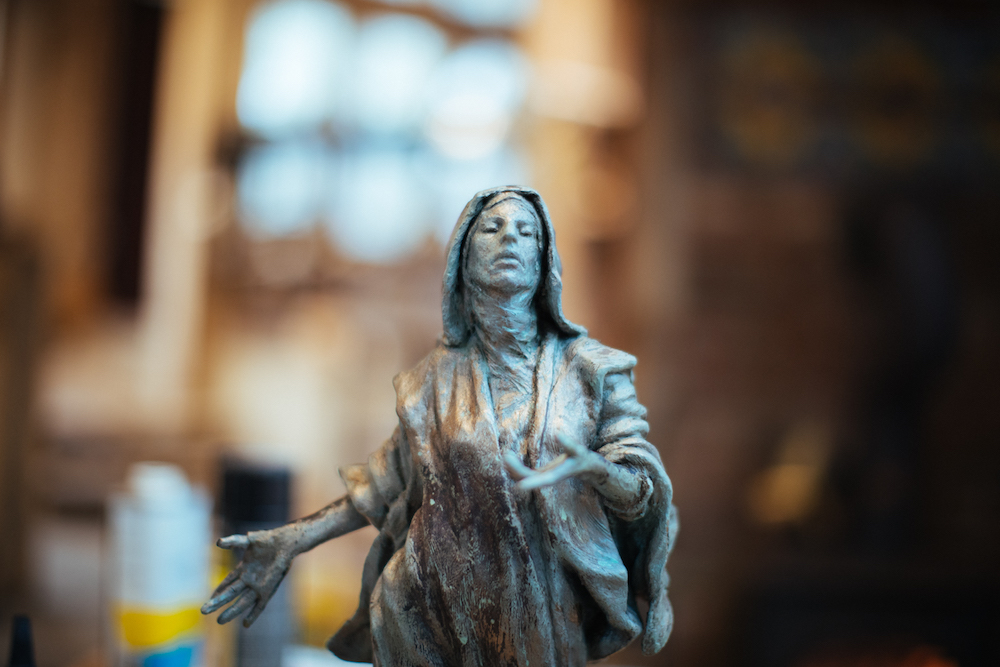
Eduardo is a world-renowned sculptor who works next to a tranquil pond in the woods of Gloucester, a place where his home and studios, which he built himself, seem to have grown organically out of the earth, becoming part of the landscape of trees, flowers, and huge glacial rocks. He’s trailed always by his dogs, Frida and Diego, as he walks through his gardens and woods—8 acres surrounded by 400 more of conservation land—where he’s lived and worked for the past 20 years.
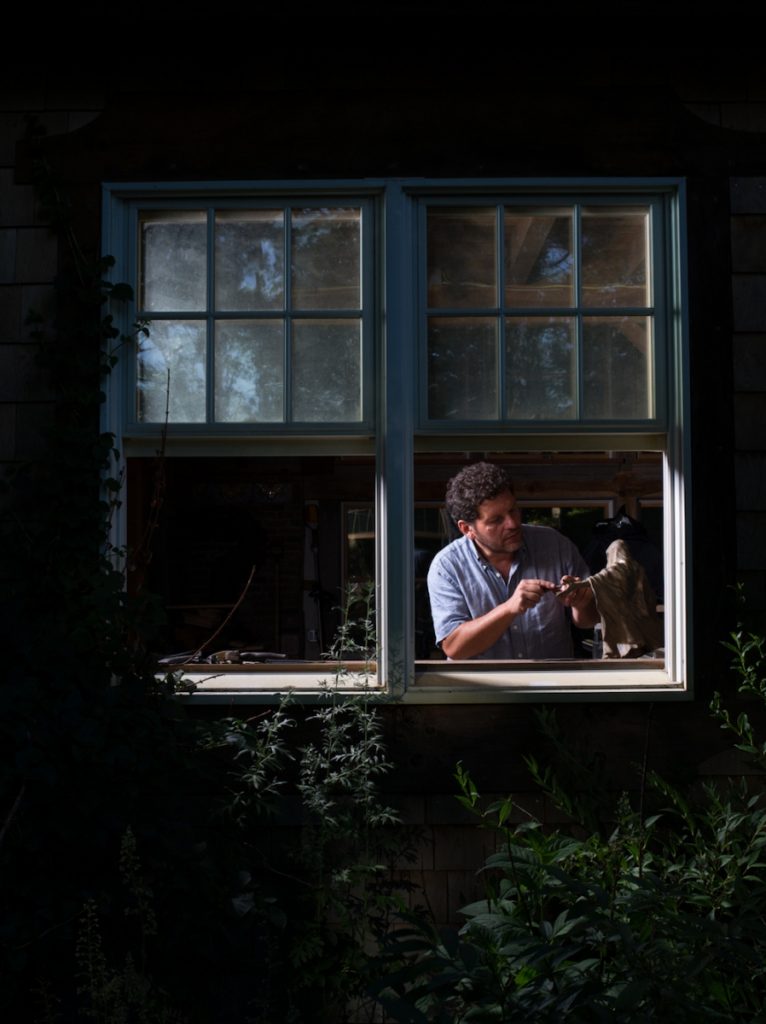
He calls his garden his meditation, and today, irises, peonies, and mock orange are in full, voluptuous bloom. Eduardo has a team of people who work with him, and they all spend time in the garden, as well as in the art studio.
“I make everyone garden. Some hate it,” he says. “You get on your knees, and that makes you humble. You’re making an environment for other things, not just you. Sometimes I do some things that are just for me, but too much of that is overindulgent,” he says.
He’s busy working on many projects at the moment, among them a pair of monuments that will commemorate the Boston Marathon bombings, the Boylston Markers, the plans for which are still heavily under wraps. Eduardo was chosen unanimously by the victims’ families to create the pieces, which will mark the two sites of the 2013 attacks on Boylston Street. He’s working in collaboration with the families and the City of Boston to do so. The works are scheduled to be complete by April, in time for the five-year anniversary of the attacks.
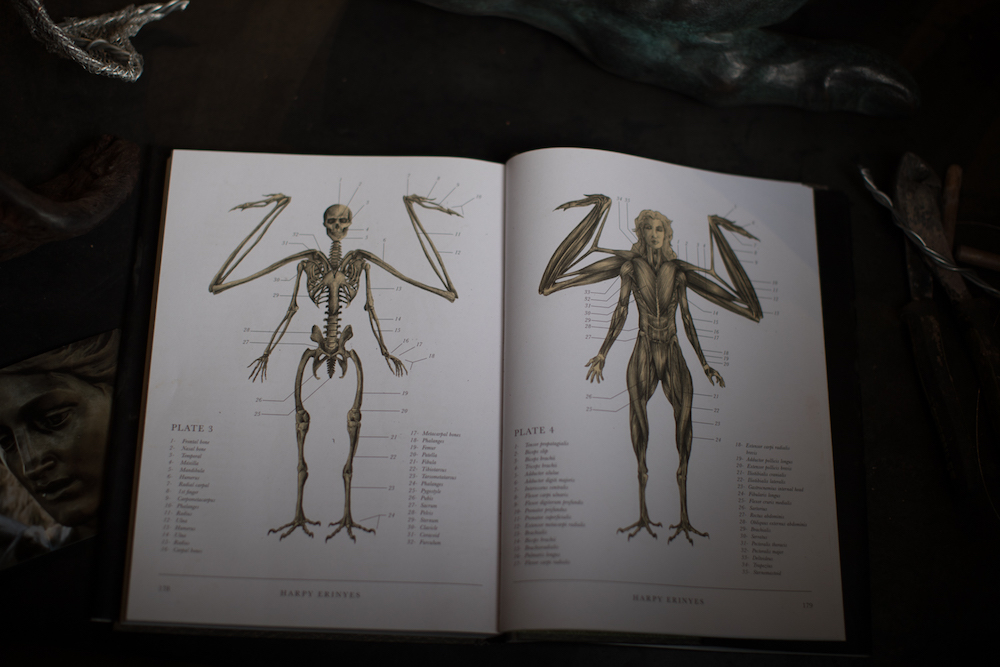
Other projects he talks about more freely. Eduardo is deeply interested in religious art, and often works with churches, creating sculptures, reliefs, and sometimes stained glass windows. He feels like he’s part of a “long tradition” of creating religious art.
“It’s like being a musician in an orchestra, and you’re playing Beethoven,” he says. “You’re continuing some kind of thing. You’re utilizing an existing language.”
He’s working now, for instance, on an 8-foot sculpture of Saint Teresa of Ávila—who, incidentally, described prayer as watering a garden—for Boston College, and figures of Saint Bonaventure and the Holy Mother Mary for a church in Plymouth.
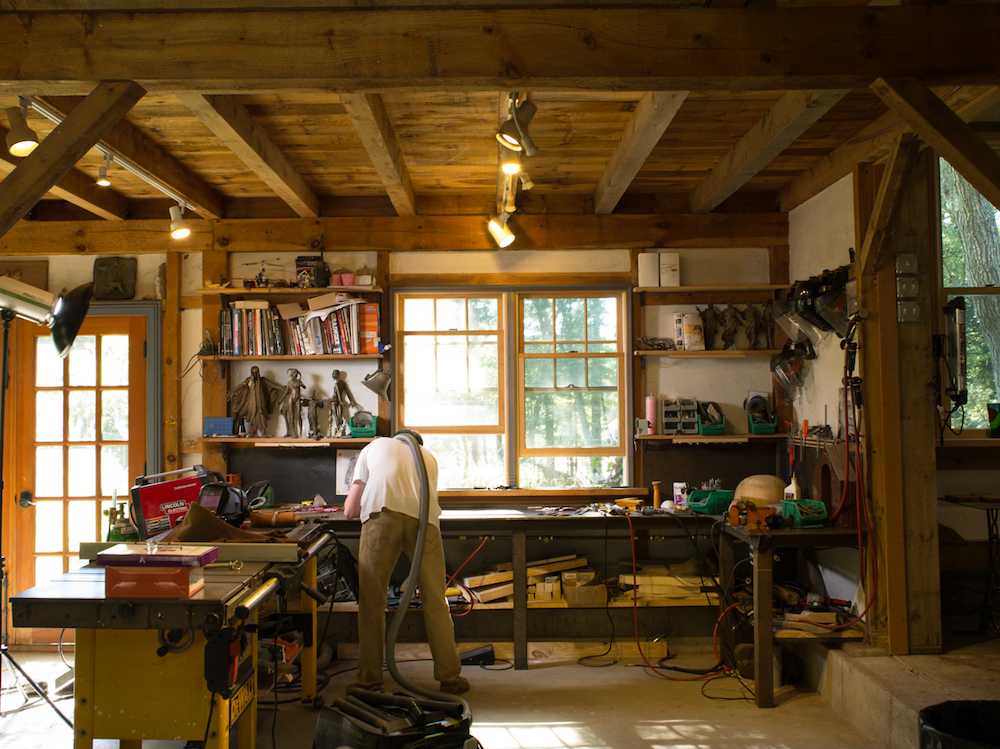
His works are often physically huge and always feel dynamically alive. As he says: “Working big, that’s my favorite.”
His pieces might be larger-than-life, like the people they’re portraying—Jesus, Charles Darwin, Cesar Chavez—but within them is a deeply felt humanity, the joy and pain that come with living a rich and complicated life.
Eduardo is most fascinated with his subjects’ lives, and he will immerse himself in a subject as he works. As he created his 15-foot bronze and stone sculpture of Saint Ignatius for Boston College, he read everything that he could get his hands on about Ignatius’s life.
“You get to know him, you start conversing with him, and you learn a lot. And it made me pursue a lot of studies in theology,” Eduardo says.
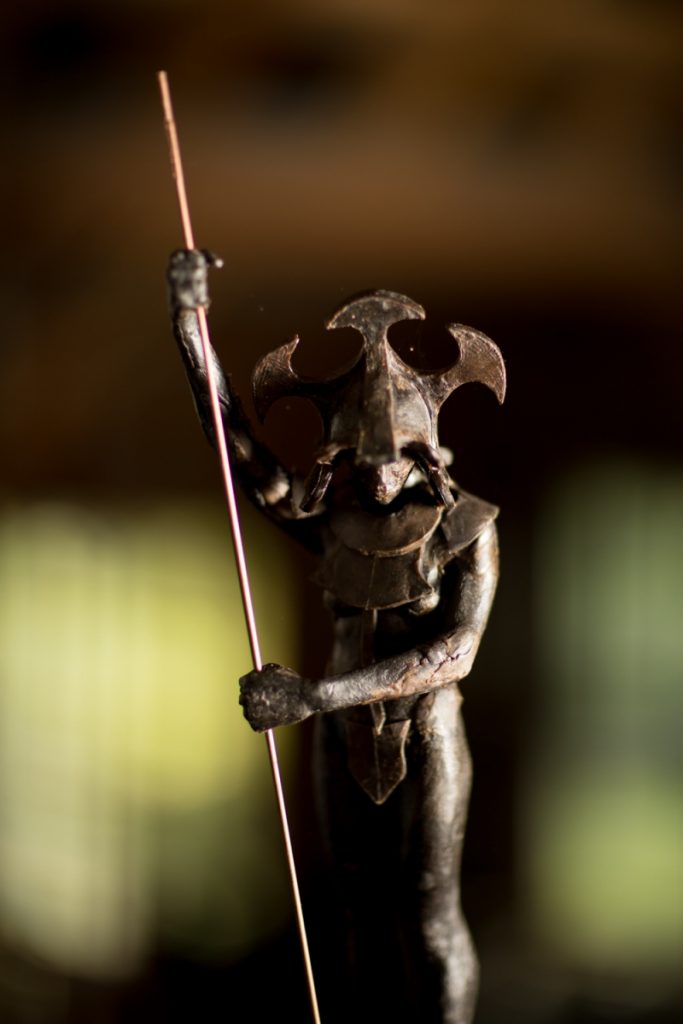
The resulting sculpture is one that exudes compassion and contemplation. Ignatius’s eyes are closed. One hand is outstretched, and the other is over his heart. It reflects the man himself, a soldier who founded the Jesuit order after being injured on the battlefield and immersed himself in religious texts and devotion during his recovery and for the rest of his life.
Eduardo’s 7-foot-tall bronze and stone statue of Charles Darwin, which stands at Cold Spring Harbor Laboratories in New York, has a look on its face of determination mingled with indescribable sadness. In fact, Darwin’s world was shattered when his 10-year-old daughter died, an event that scholars believe influenced his work and writings on evolution.
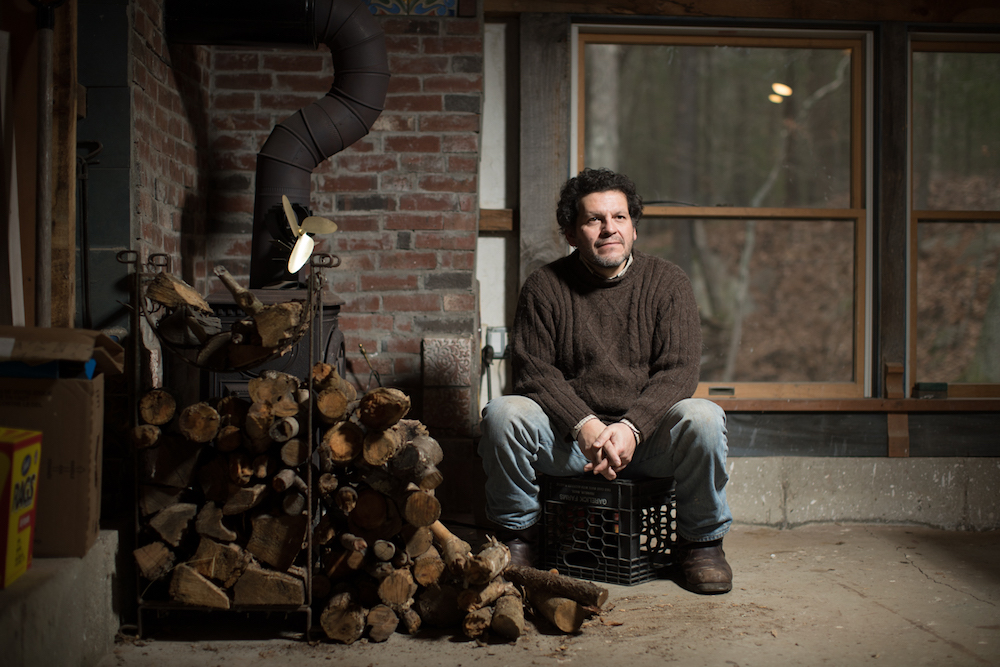
“Everything about him changed that day,” Eduardo says. “Those are the things that interest me—the human part of it.”
And then there’s the work itself, the bodily effort of creation, the physical toil of tilling the soil, of shaping metal and stone. These actions mingle the human and the divine, the mystical and the workaday, and from them, something beautiful is born. It’s something that Eduardo says an artist must be unafraid of.
“You have to labor, you have to work…sometimes the task seems unachievable…. You have to have faith in something bigger than yourself,” he says. “Labor is a labor of love, and it takes what it takes to do the thing.”
Pablo Eduardo, Sculptor

